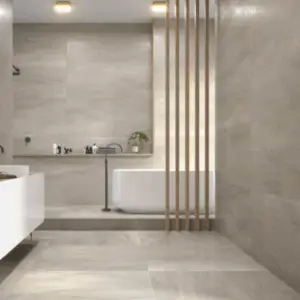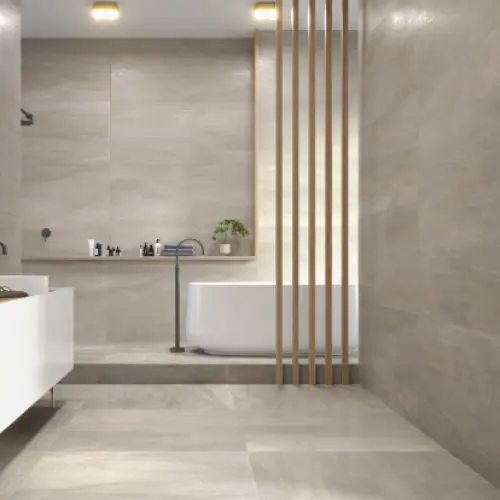Understanding the Best Bathroom Flooring Options
Choosing the best flooring for your bathroom is essential for both aesthetics and practicality. The right material must handle moisture well, be easy to maintain, and contribute to the overall design of the space.
Common Bathroom Flooring Options
- Porcelain or Ceramic Tile: Durable, waterproof, and available in various styles and colors to match any decor.
- Vinyl Flooring: Affordable and water-resistant, available in sheets, planks, or tiles that mimic wood or stone.
- Natural Stone: Adds a luxurious touch, though it requires sealing to prevent moisture damage.
- Engineered Wood: Offers a warm look while being more moisture-resistant than traditional hardwood.
Steps to Choose the Best Bathroom Flooring
1. Evaluate Your Needs
Consider how the bathroom will be used and who will be using it.
- High Moisture Resistance: Ensure the material can withstand humidity and water spills.
- Slip Resistance: Look for textured surfaces or matte finishes for better grip and safety.
- Easy Maintenance: Opt for materials that are easy to clean and do not require frequent sealing or special products.
2. Consider Design and Style
The floor should complement your overall bathroom theme.
- Color Coordination: Choose a color that harmonizes with your walls, vanity, and fixtures.
- Pattern and Texture: Use patterns or textures to add interest and hide dirt or water spots.
- Tile Layout: Consider how the size and placement of tiles affect the perception of space.
3. Budgeting and Installation
Make sure to balance cost with quality and ease of installation.
- Set a Budget: Determine how much you can spend, including materials and labor.
- DIY vs. Professional Installation: Some flooring types like vinyl tiles can be DIY-friendly, while others may require a professional.
- Long-Term Costs: Consider durability and maintenance needs when comparing costs.
Installing New Bathroom Flooring
Removing Old Flooring
- Clear the Area: Remove all items and fixtures that may get in the way.
- Check for Damage: Inspect the subfloor for any water damage or mold before proceeding.
- Remove Old Material: Use appropriate tools to lift and dispose of old flooring safely.
Laying Down New Flooring
- Prepare the Subfloor: Clean and level the surface, repairing any issues.
- Install Underlayment: If required, add a moisture barrier or underlayment.
- Lay the New Flooring: Follow manufacturer instructions to install tiles, planks, or sheets correctly.
Finishing Touches
- Seal the Edges: Use caulk or trim to protect the edges from moisture.
- Add Rugs or Mats: Place non-slip mats in high-traffic areas for added comfort and safety.
- Inspect the Job: Check that everything is level, sealed, and properly installed.
Maintenance Tips for Bathroom Flooring
Keeping your new bathroom floor in top condition is easy with regular care.
Cleaning and Upkeep
- Use Mild Cleaners: Avoid harsh chemicals that can damage finishes or grout.
- Wipe Up Spills Quickly: Prevent staining or slipping by cleaning water and spills promptly.
Check for Wear and Tear
- Inspect Regularly: Look for cracks, lifting edges, or mold growth.
- Re-seal if Needed: For stone or certain tiles, apply sealant as recommended by the manufacturer.
Long-Term Care
- Replace When Necessary: Don’t delay replacing damaged sections to avoid bigger issues.
- Stay Updated: Consider newer materials or trends when planning future upgrades.




